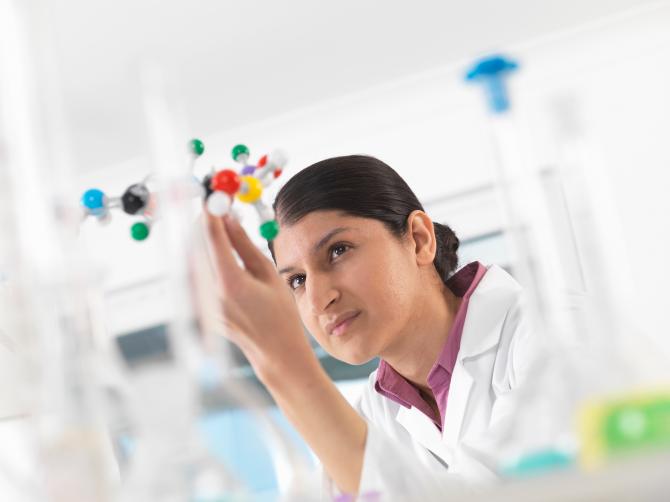
There is much that is required to set Asean on a sustainable path to continued growth. The list is long. It includes the need for a regional identity; a shared plan for sustainable growth; revenue generation, which will require tax reform and addressing corruption; developing more robust institutions to deploy Asean’s scarce resources efficiently and equitably; and establishing the rule of law to encourage foreign investment to contribute to Asean’s future.
Much has been written and said about these needs. But in this essay, we will focus on one that tends to get less attention: the role that science and technology (S&T) can play to enable Asean’s sustainable growth.
The US Mission to Asean, based in Jakarta, developed a focus on science and technology shortly after it began operations in 2010. This focus grew out of a desire to support the rapid urbanization of the region and help Asean address issues that relate to the linkages between our human and natural systems, particularly the increasing pressure human population growth and development are putting on Southeast Asia’s natural resources.
While S&T is not the only tool needed to meaningfully address these issues, it is an important one that has not been adequately utilized. That is beginning to change. The reason for this change can be found in the growing awareness that what worked in the past to grow economies may no longer be possible. In this essay, we will focus on three specific issues that are challenging or will challenge the efficacy of these past approaches, and for which the US Mission to Asean developed programs or encouraged initiatives – climate change, impacts on human health from pollution, and poor nutrition.
Three challenges to continued growth







%20resized.png)
